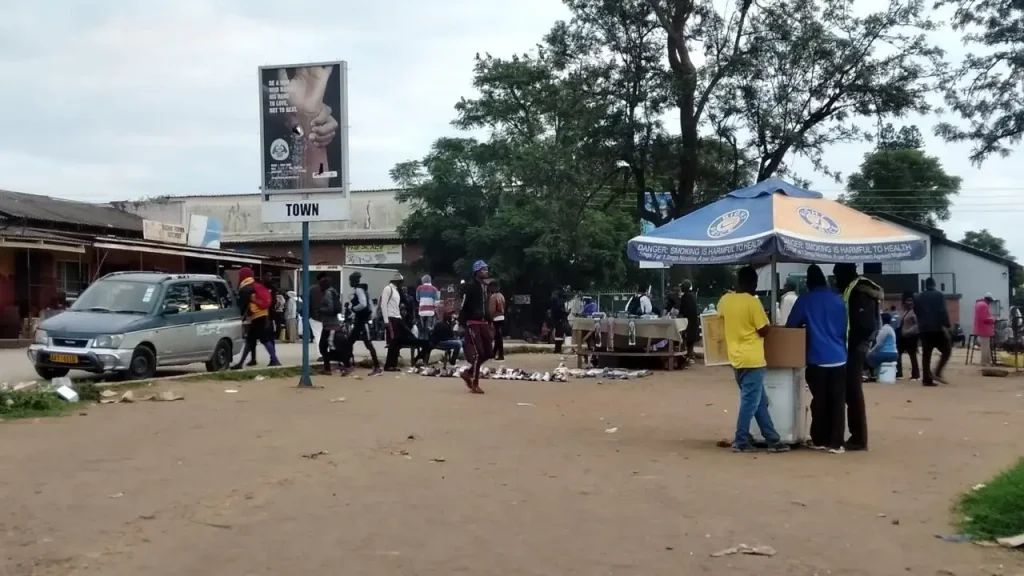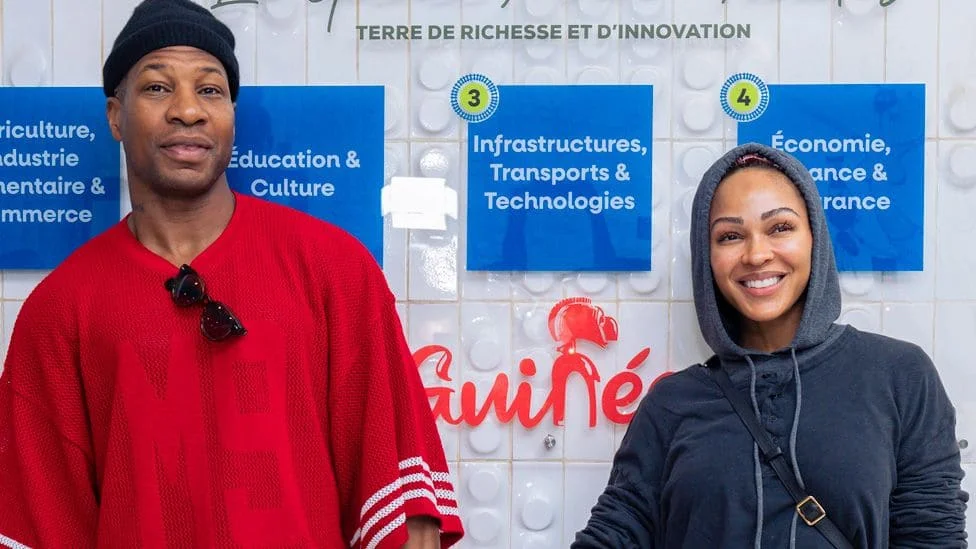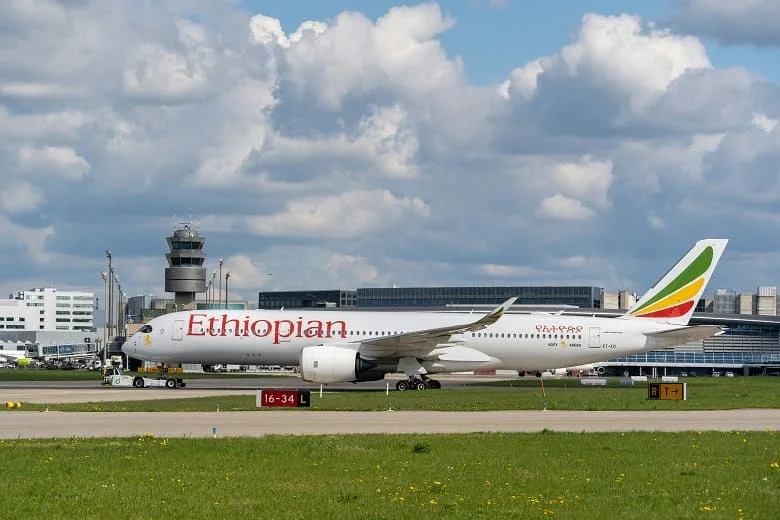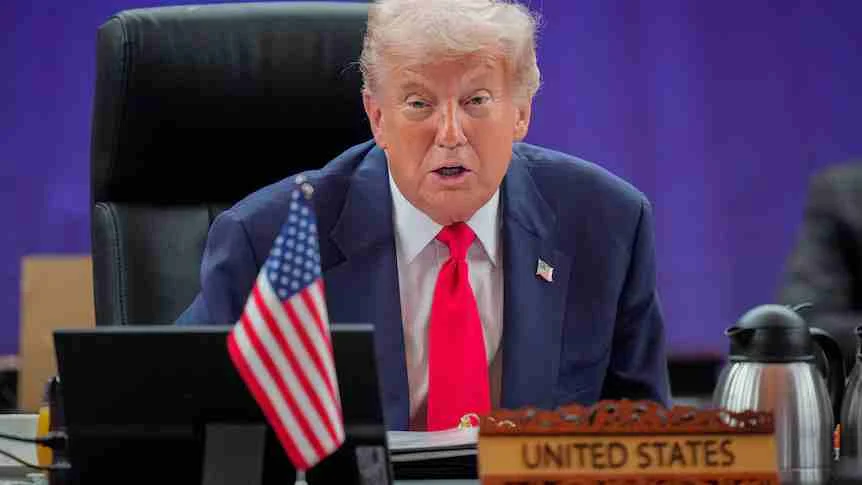In Zimbabwe’s urban slums, particularly in Masvingo, a dangerous trend is taking hold as young people turn to crystal methamphetamine, known locally as mutoriro or guka, to escape economic despair. At a run-down house, a young man smokes the drug using a modified light bulb, entering a fleeting state of euphoria that masks the harsh realities of unemployment and poverty. “I have no idea what the day holds for me,” says a user, reflecting the hopelessness driving this epidemic. According to a 2021 report by the Zimbabwe Civil Liberties and Drug Network (ZCLDN), 60% of psychiatric admissions are linked to drug abuse, with 80% involving youths aged 16–25, a sign of a deepening social crisis.
Economic Collapse Fuels Drug Use
Zimbabwe’s economic turmoil, marked by a plummeting Zimbabwe dollar and an unemployment rate of 70–80% (Zimbabwe Federation of Trade Unions, 2022), has left millions of young people without prospects. The optimism following President Emmerson Mnangagwa’s 2017 rise, after ousting Robert Mugabe, faded after a brutal 2018 military crackdown on election protests killed six civilians. “The country has descended into economic freefall,” observers note, with inflation and joblessness pushing youth toward cheap, accessible drugs like crystal meth, smuggled from Mozambique. The Covid-19 pandemic worsened the situation, with lockdowns amplifying idleness and despair, leading to a surge in substance abuse among those with “little hope for a better future.”
The Mechanics of the Drug Trade
In Masvingo’s high-density slums, drug dealers, or jazzmen, operate openly at places like Father’s Bar, selling crystal meth for as little as US$3–5 per sachet. “My product is the real deal… there’s no stopping this drug, it’s everywhere,” boasts a dealer, noting high profit margins. Sneakers hanging on power lines signal their presence, drawing desperate youths who steal or sell personal belongings to fund their addiction. “Finding money to buy the drug is the biggest challenge, so most of us end up stealing,” admits a user, highlighting the social toll, including family estrangement and rising crime rates.
Health and Social Consequences
Crystal meth’s potency triggers violent behavior, hallucinations, and addiction from first use, with long-term effects like psychosis and neurological damage. Psychiatric facilities, such as Ngomahuru Hospital, reported 80% drug-related admissions in 2024, but dilapidated infrastructure and underpaid staff limit treatment options. “Most of them are going crazy, they don’t have any life direction,” a dealer observes. The drug’s spread has fueled gender-based violence and property crimes, with Masvingo’s mayor, Collin Maboke, noting, “This drug abuse is increasing the crime rate… you become a very dangerous person to the community.”
Government and Community Efforts
The Zimbabwean government launched the Multi-Sectoral Drug and Substance Abuse Plan (2024–2030), focusing on arrests, rehabilitation, and job creation. “We are trying to create some employment for the youth,” Maboke says, with ward-level campaigns involving churches. In 2025, police arrested 7,991 drug offenders, though only 994 were suppliers, per Commissioner Paul Nyathi, drawing criticism for targeting users over dealers. Roadblocks on the Mutare-Masvingo highway aim to curb smuggling from Mozambique, but resource constraints and political focus on 2023 elections hinder progress. NGOs like ZCLDN advocate for decriminalizing users and expanding rehabilitation, but funding shortages persist.
Path Forward Amid Challenges
As of August 2025, Zimbabwe’s crystal meth crisis threatens its Vision 2030 goal of a middle-income economy. With 533,334 people affected by drug abuse (ZCLDN, 2024) and youth unemployment at 35%, addressing root causes like poverty and joblessness is critical. “We need to work alongside NGOs to tackle this issue,” a government official admitted, but political divisions and international isolation complicate efforts. Community initiatives, like skills programs in Mabvuku, offer hope, but without systemic economic reforms and accessible treatment, Zimbabwe’s youth remain at risk of this hidden social time bomb.






